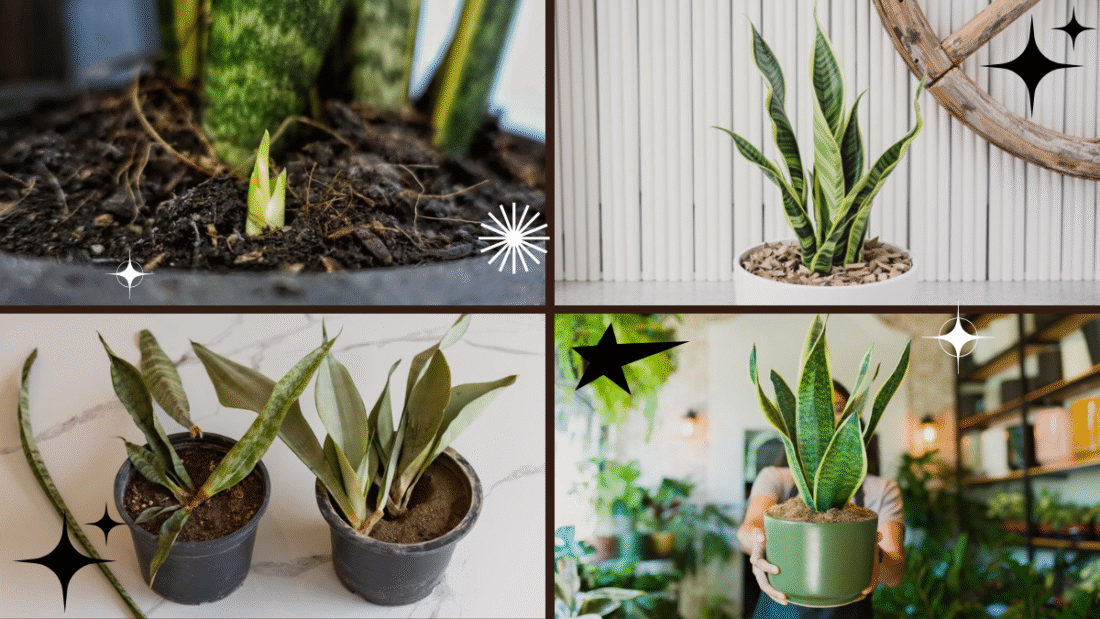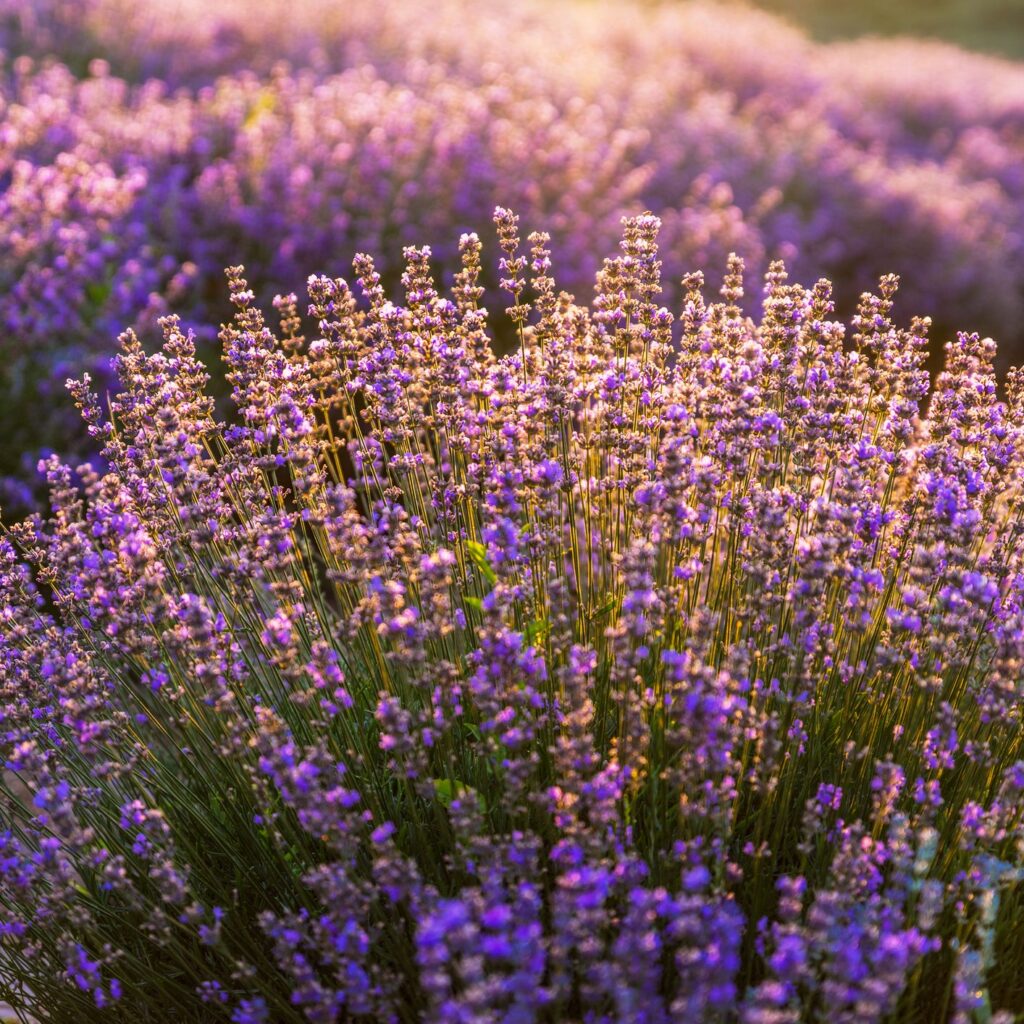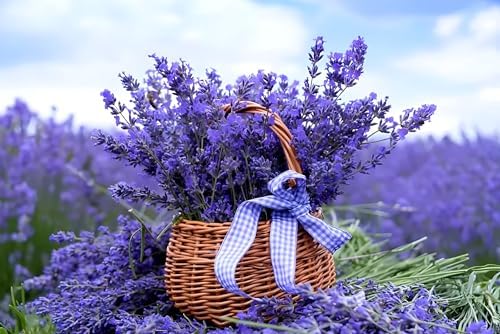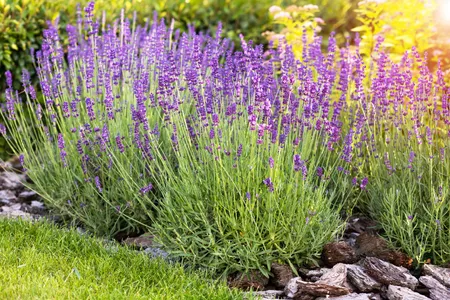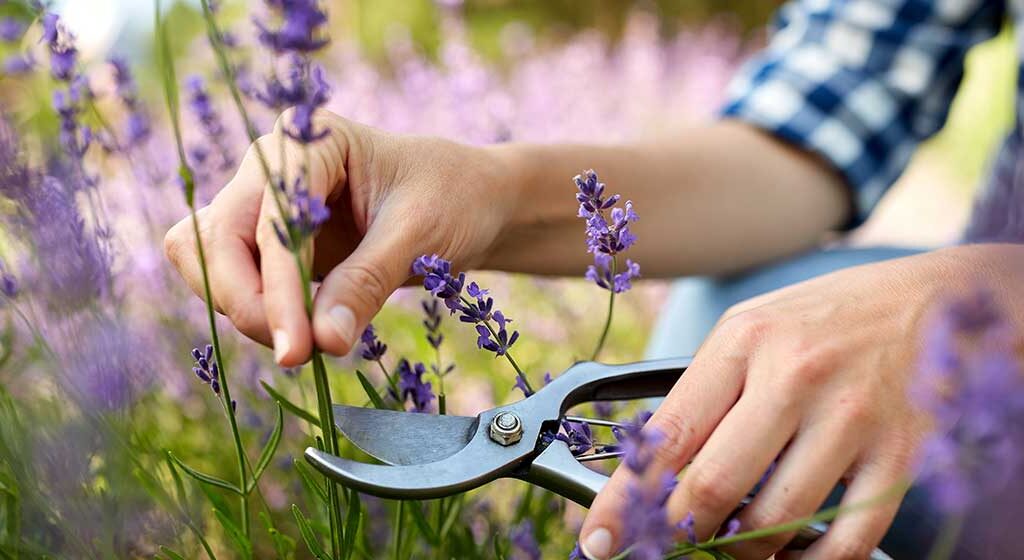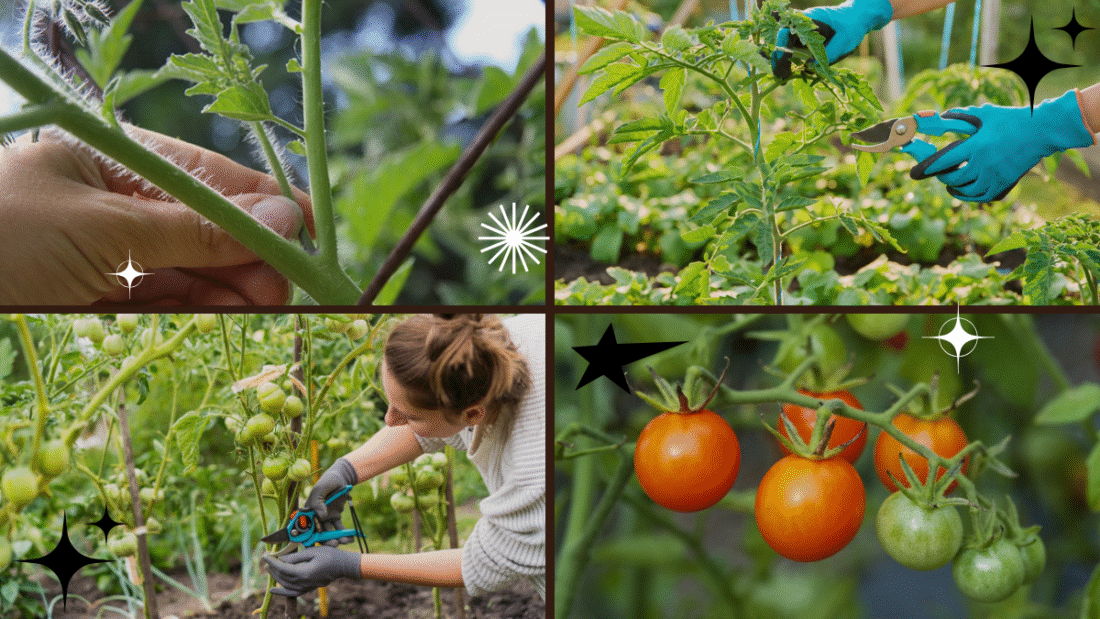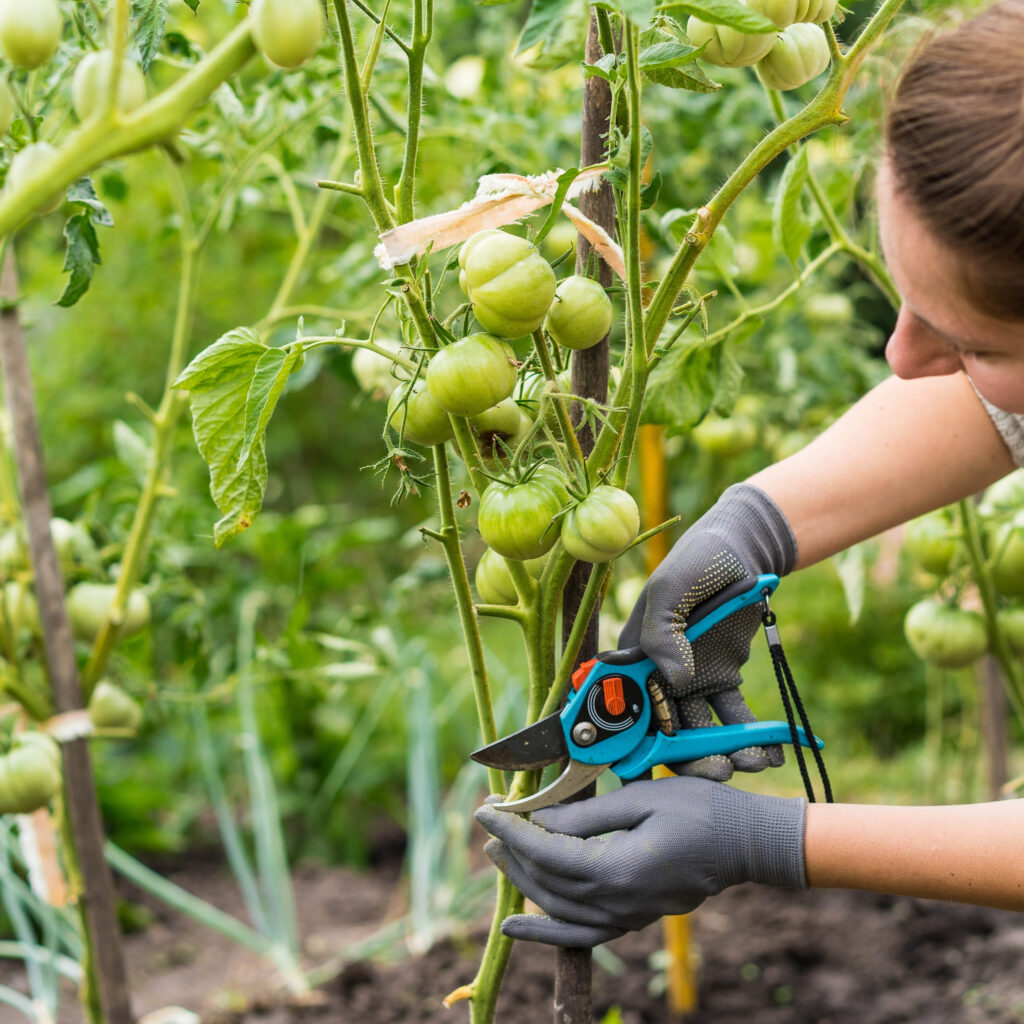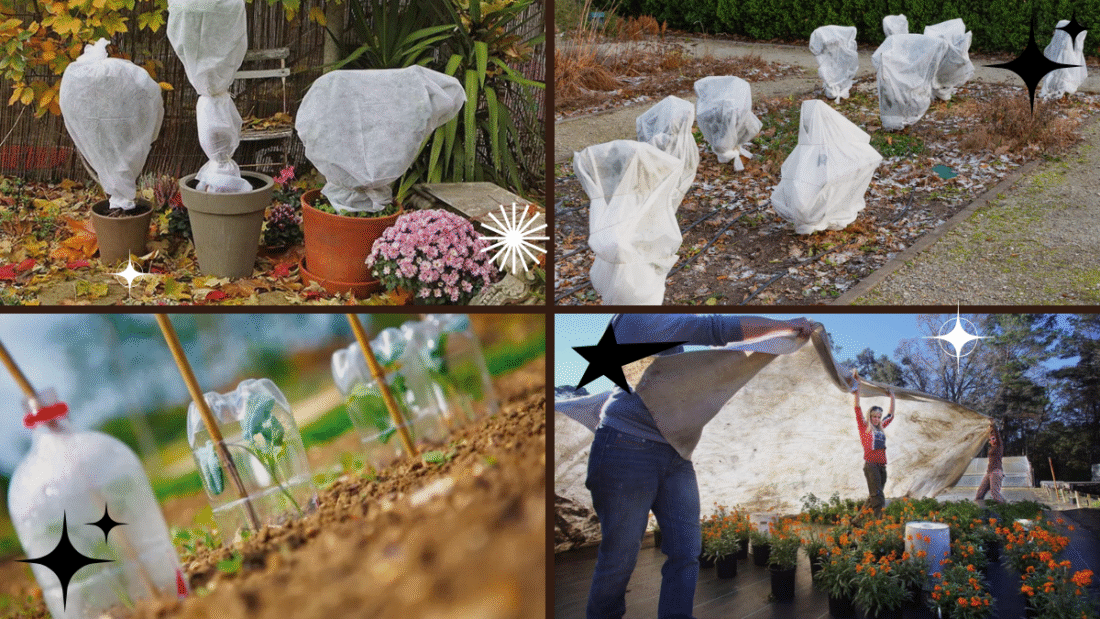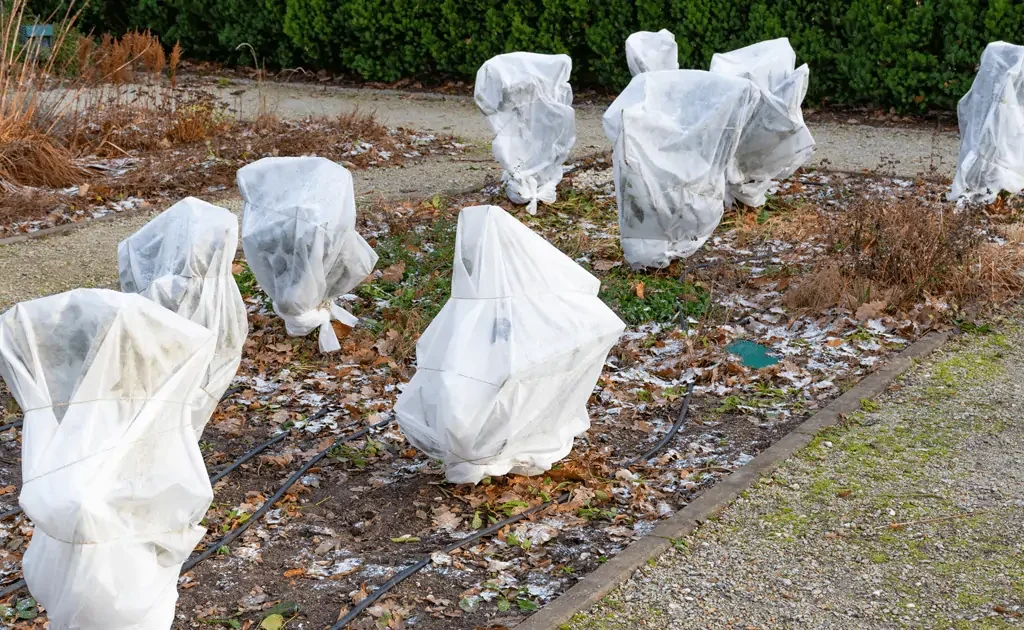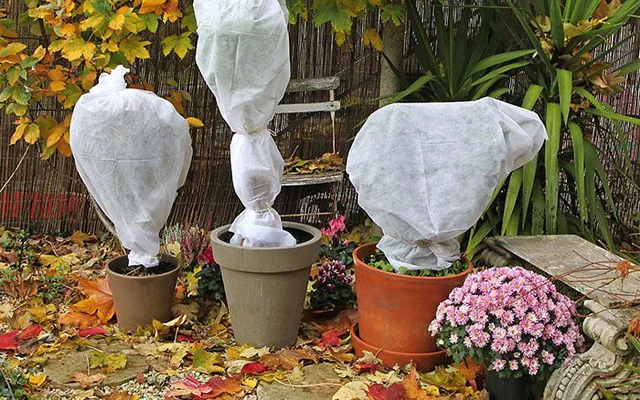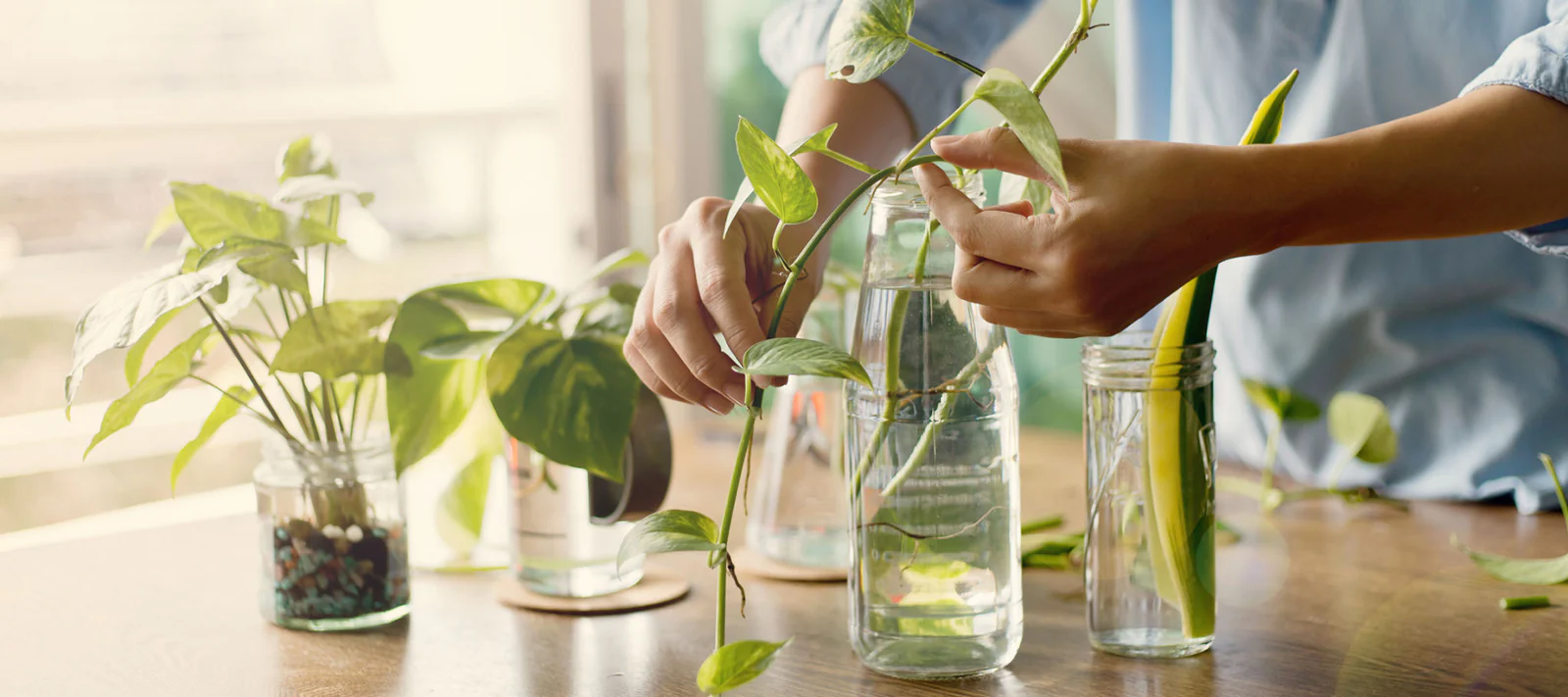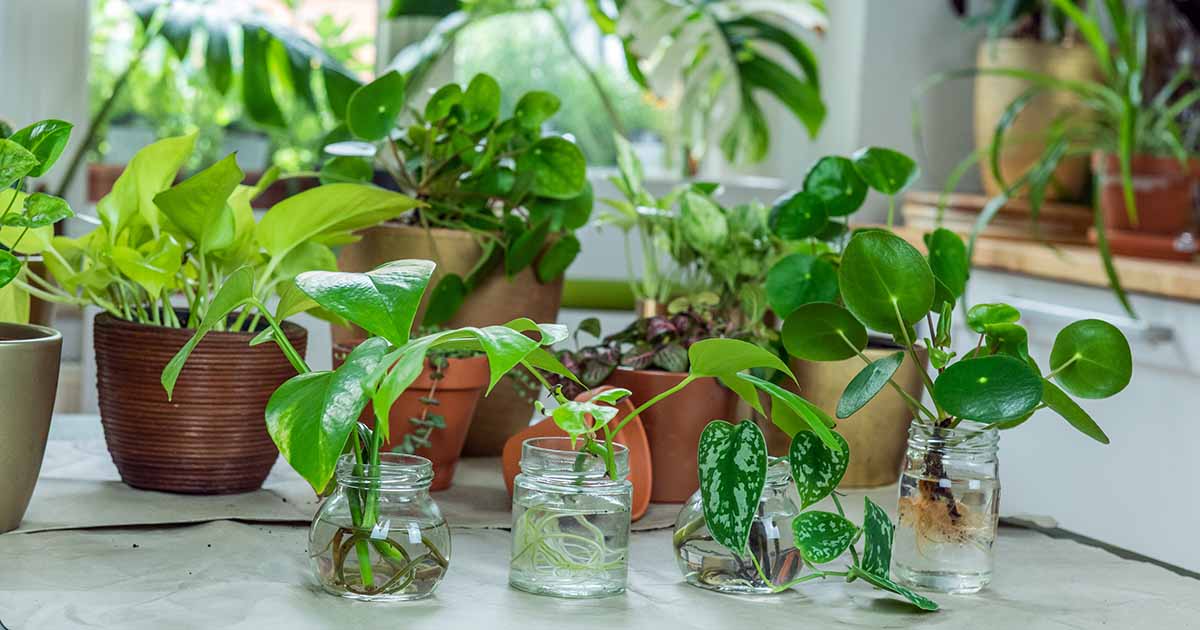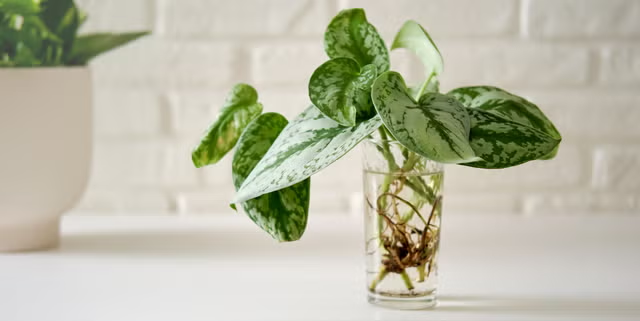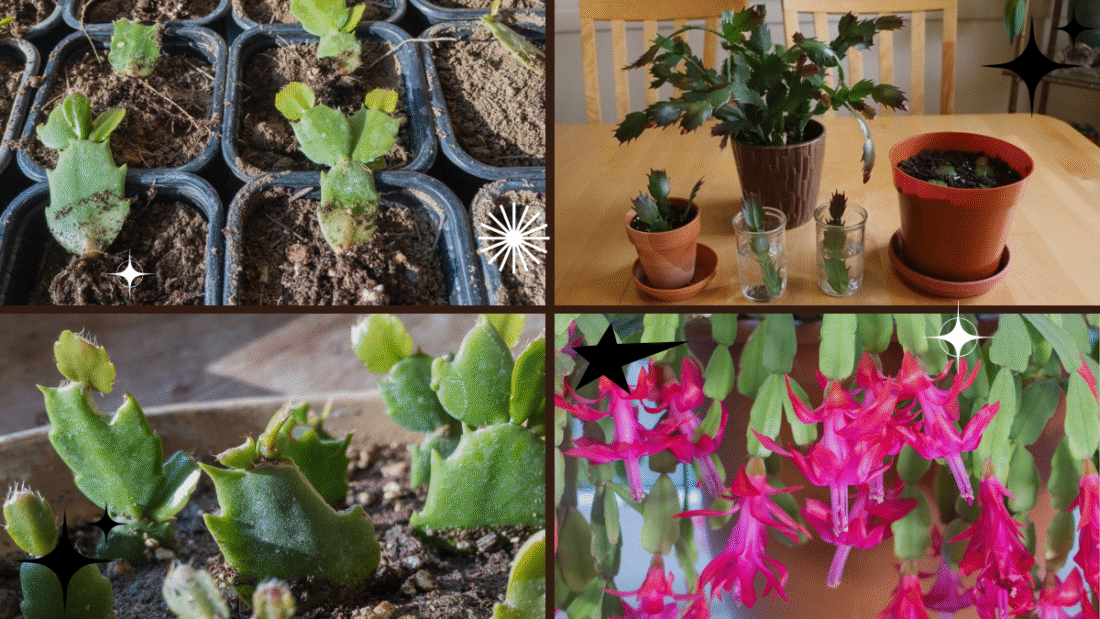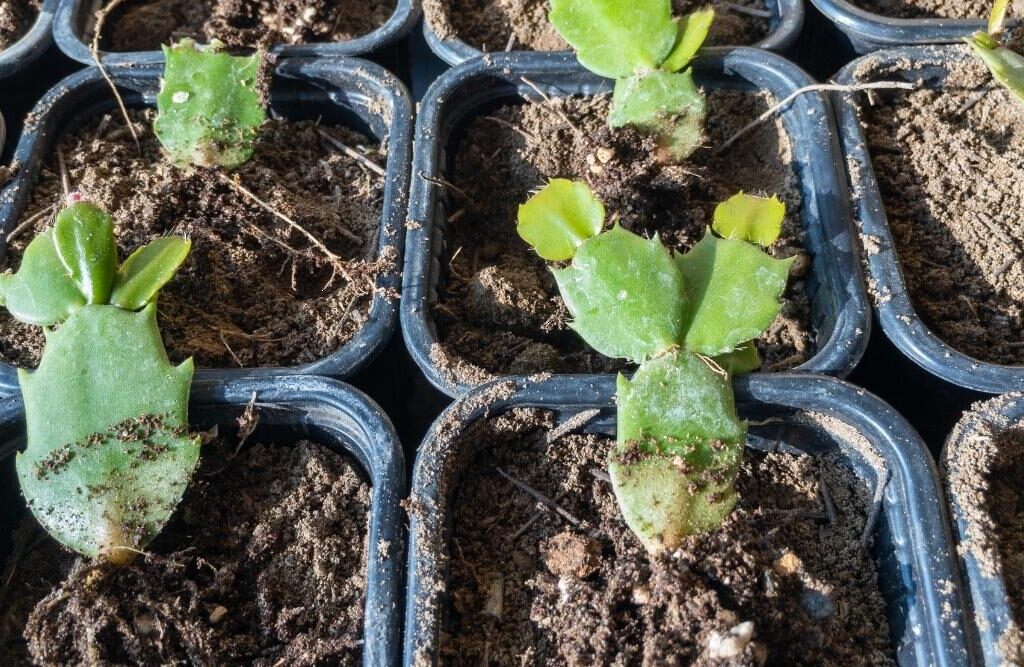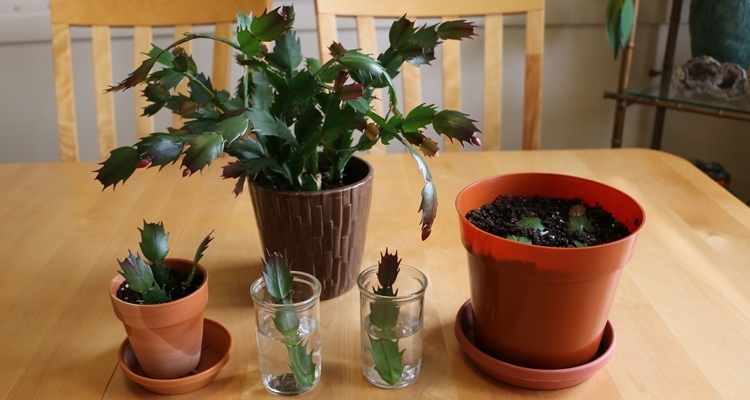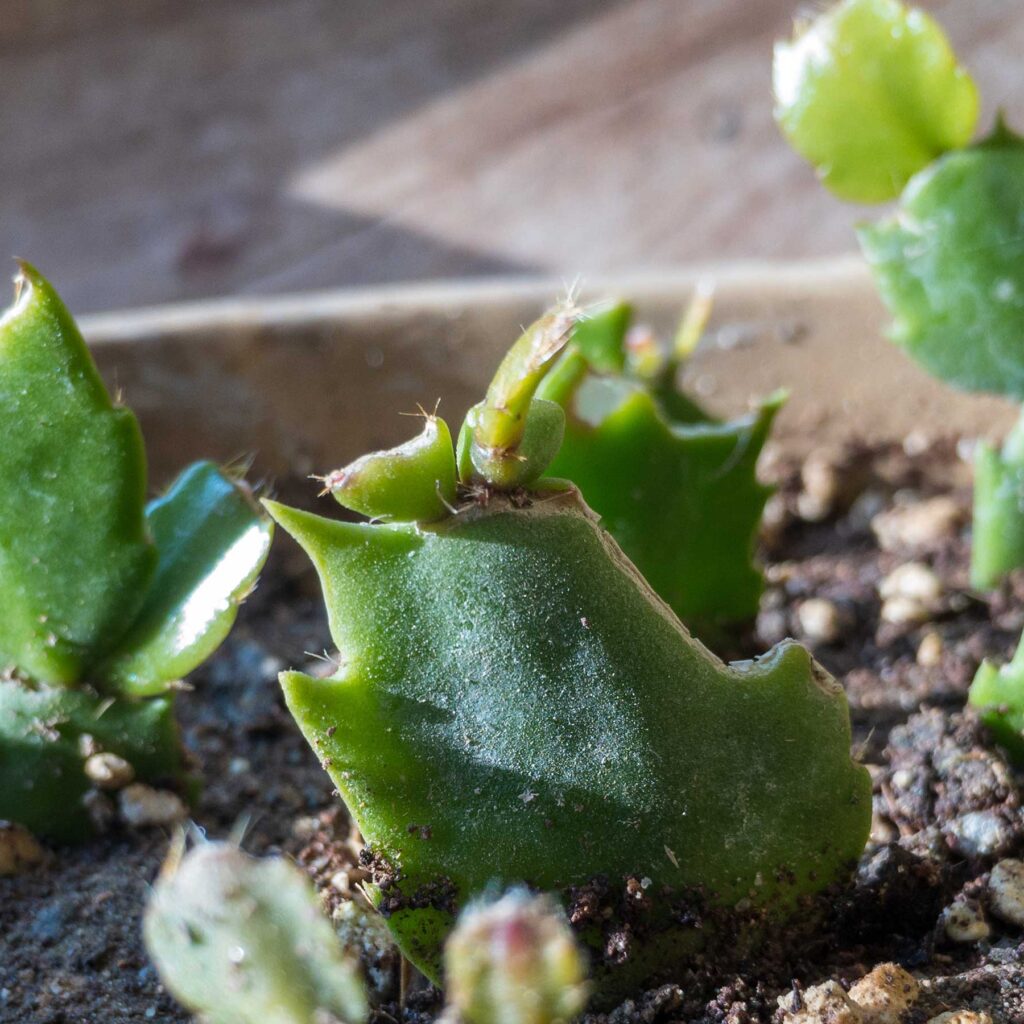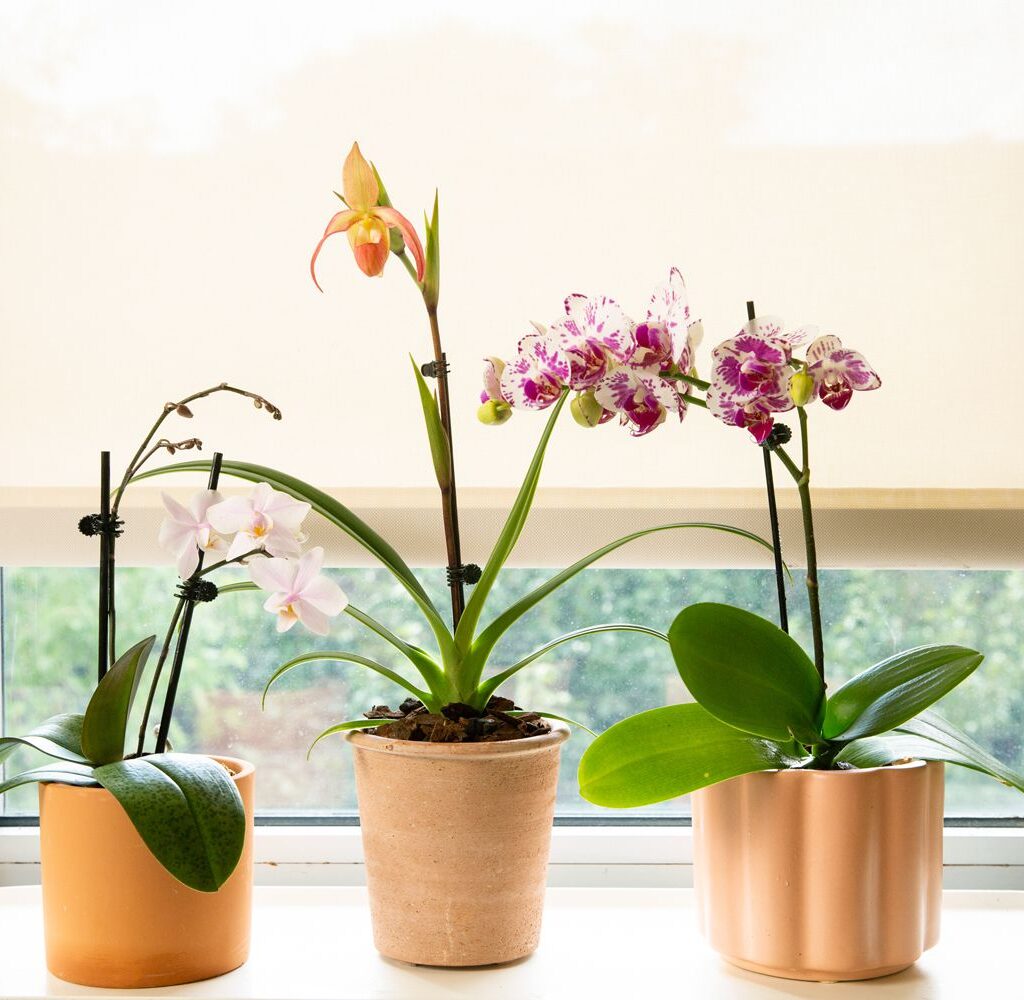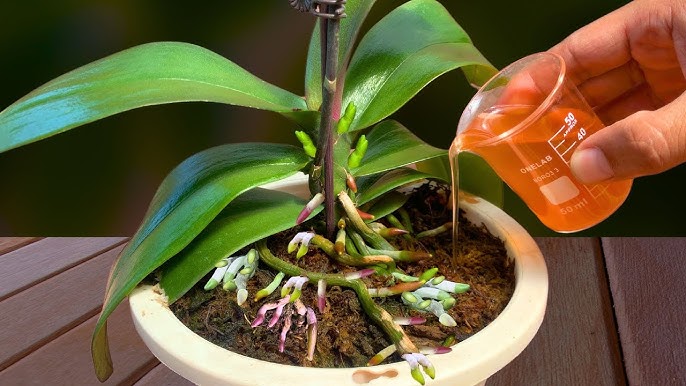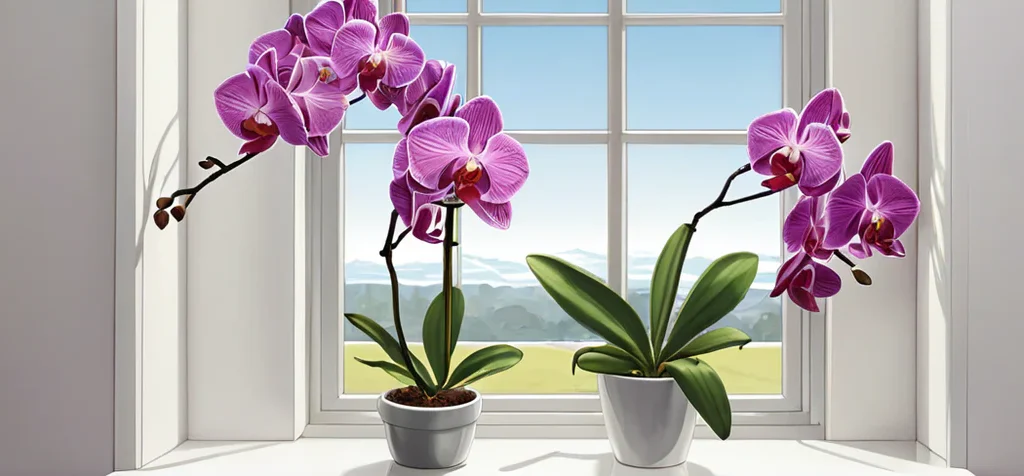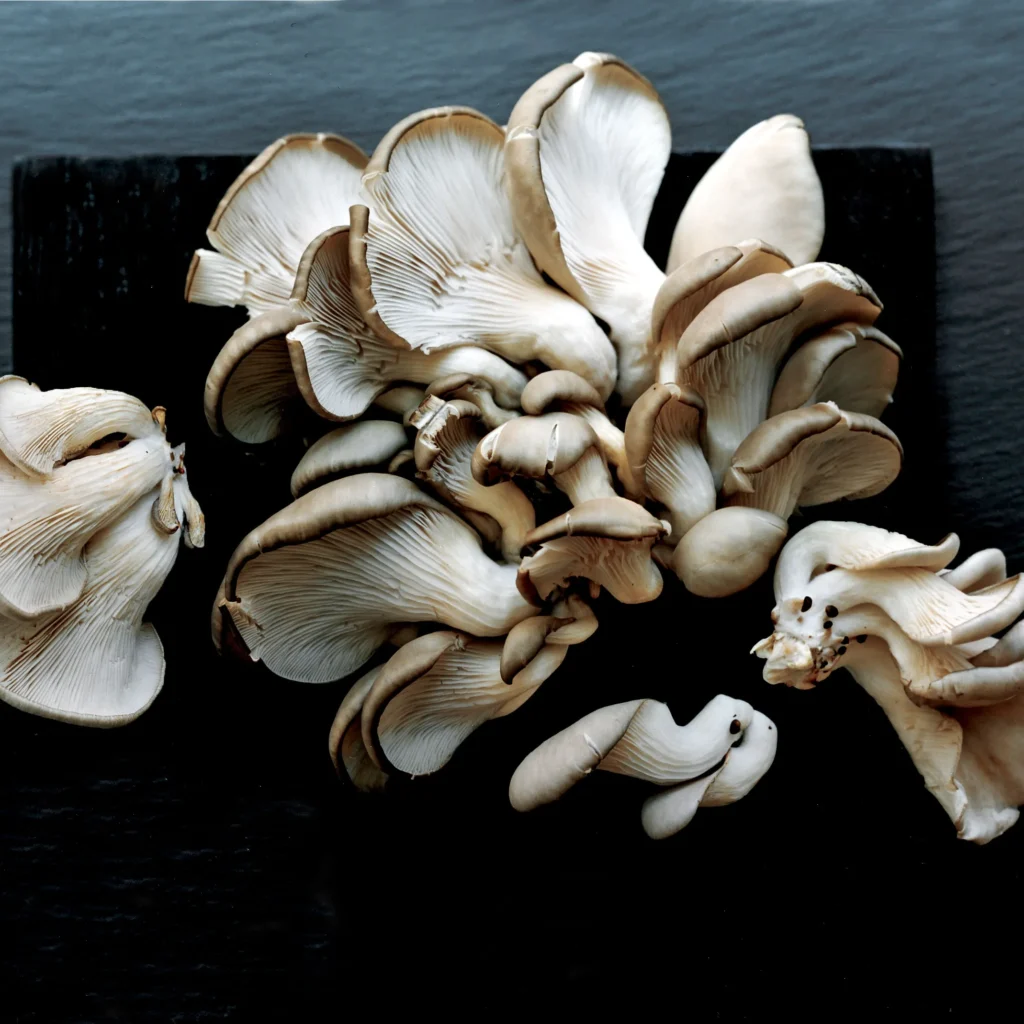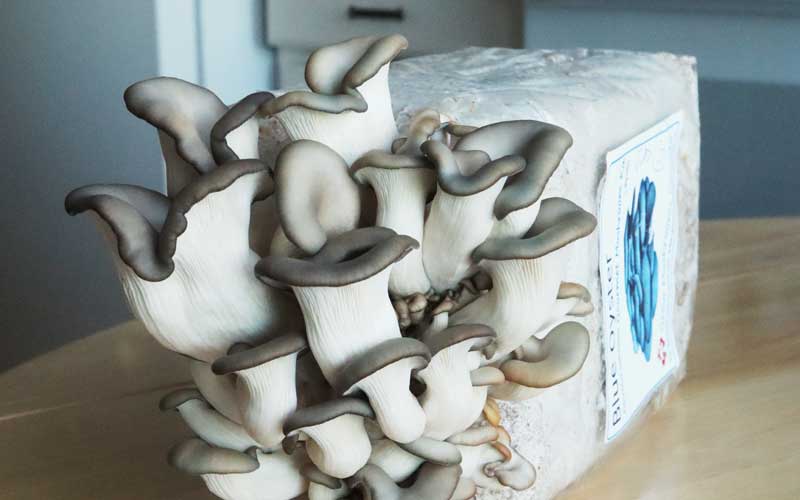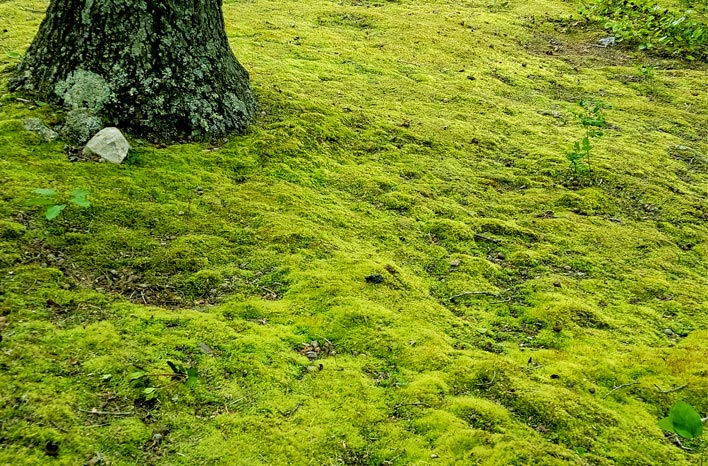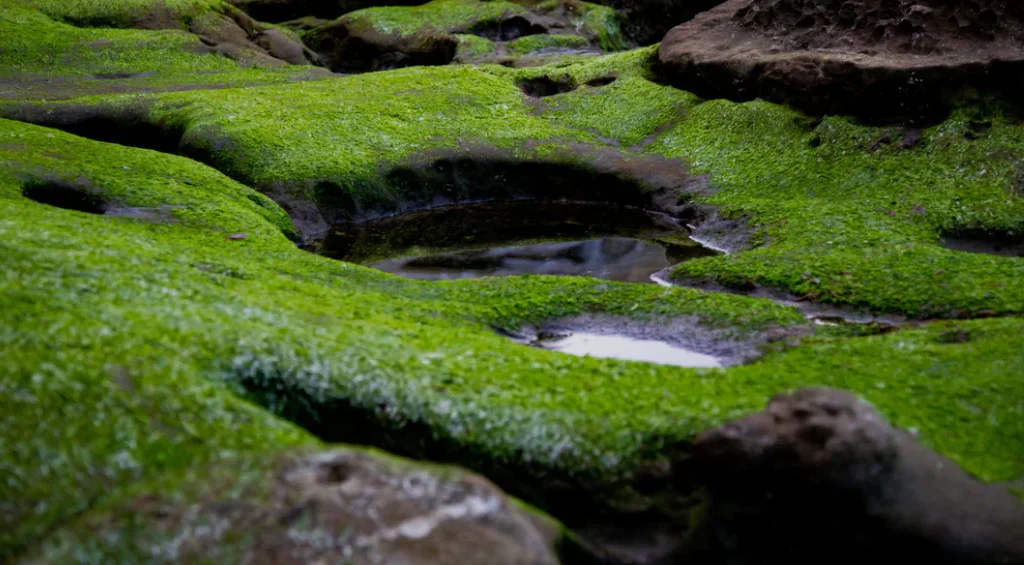Snake plants (Sansevieria), also known as mother-in-law’s tongue, are some of the most popular houseplants worldwide. Their upright, sword-shaped leaves and striking variegation make them a beautiful addition to any indoor space. Beyond their beauty, snake plants are incredibly hardy and low-maintenance, perfect for both novice and experienced plant lovers.
However, like all plants, snake plants eventually outgrow their pots. Repotting is necessary to give them room to grow and to refresh their soil. But snake plants have delicate, fleshy root systems that can be easily damaged during repotting. Damaged roots can cause stress, slow growth, or even kill your plant.
In this article, you’ll learn step-by-step how to repot your snake plant safely and efficiently, avoiding any harm to the roots and ensuring your plant thrives in its new home.
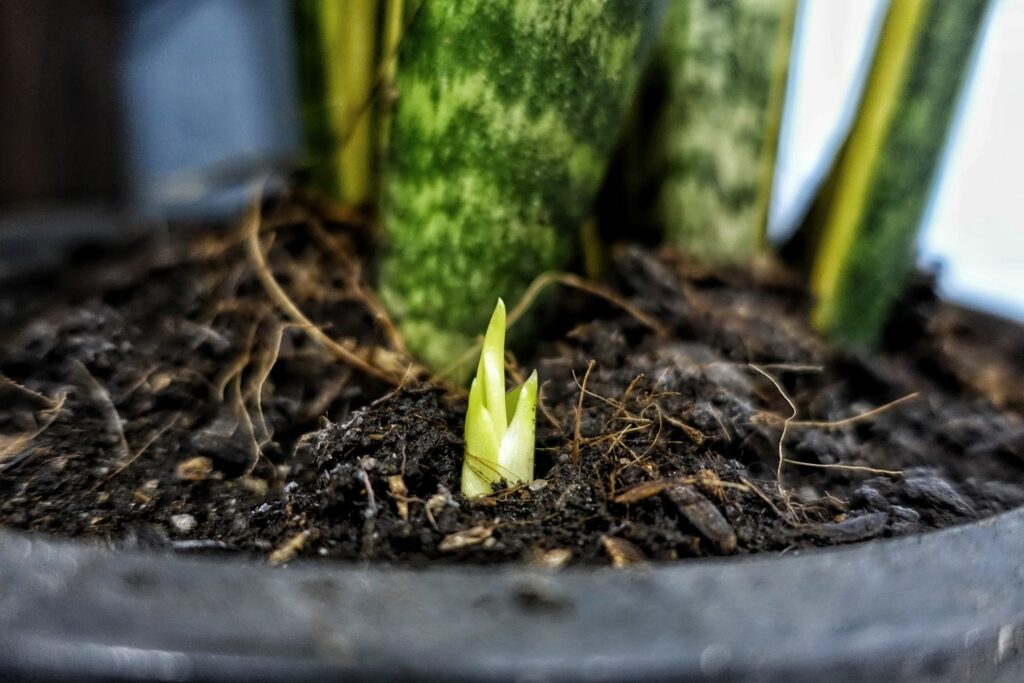
Why and When to Repot Your Snake Plant
Before we dive into the process, it’s important to understand why and when you should repot your snake plant.
Why Repot?
- Root Bound: Snake plants develop dense root systems that can outgrow their pots, causing roots to circle tightly and eventually strangle the plant.
- Soil Degradation: Over time, potting soil loses nutrients, becomes compacted, and poorly drains water.
- Size Upgrade: Your snake plant might simply need a larger pot to continue growing healthily.
When to Repot?
- Typically every 2-3 years.
- When roots poke out of drainage holes.
- When the plant looks top-heavy or soil dries out too fast.
- Best done in spring or early summer during the plant’s active growing season.
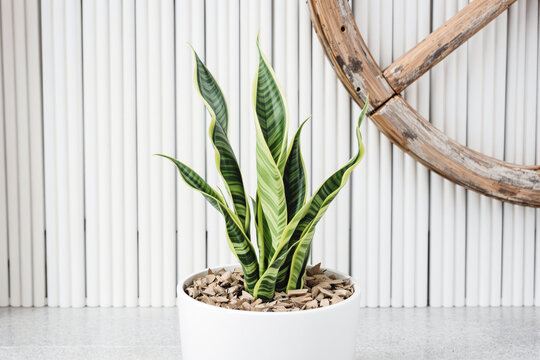
Tools and Materials You’ll Need
To repot your snake plant properly, gather the following:
- New pot (1-2 inches larger in diameter than current pot)
- Well-draining potting mix (cactus or succulent mix recommended)
- Clean gardening gloves
- Small hand trowel or spoon
- Scissors or pruning shears (sterilized)
- Newspaper or plastic sheet (to catch soil mess)
- Water spray bottle (optional)
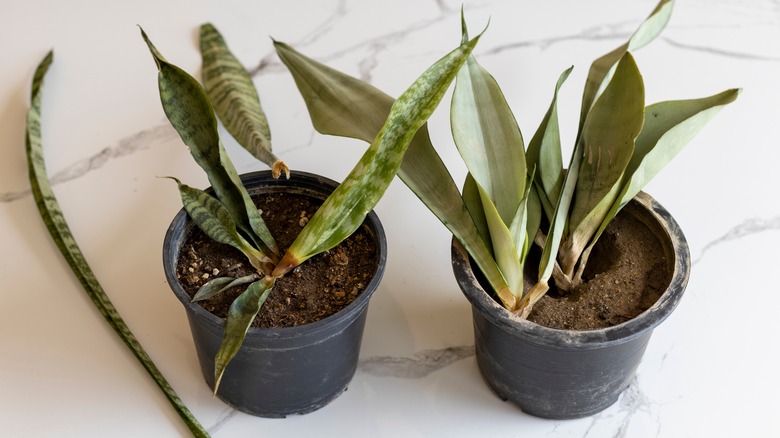
Step 1: Choose the Right Pot and Soil
Choosing the proper pot and soil is the foundation of a successful repot.
- Pot: Select a pot with drainage holes to prevent waterlogging. Snake plants dislike sitting in soggy soil, which causes root rot.
- Size: Avoid pots that are too big; snake plants prefer snug conditions. Moving up just one or two pot sizes is ideal.
- Soil: Use a well-draining soil mix designed for succulents or cacti. You can make your own mix by combining standard potting soil with sand or perlite to increase drainage.
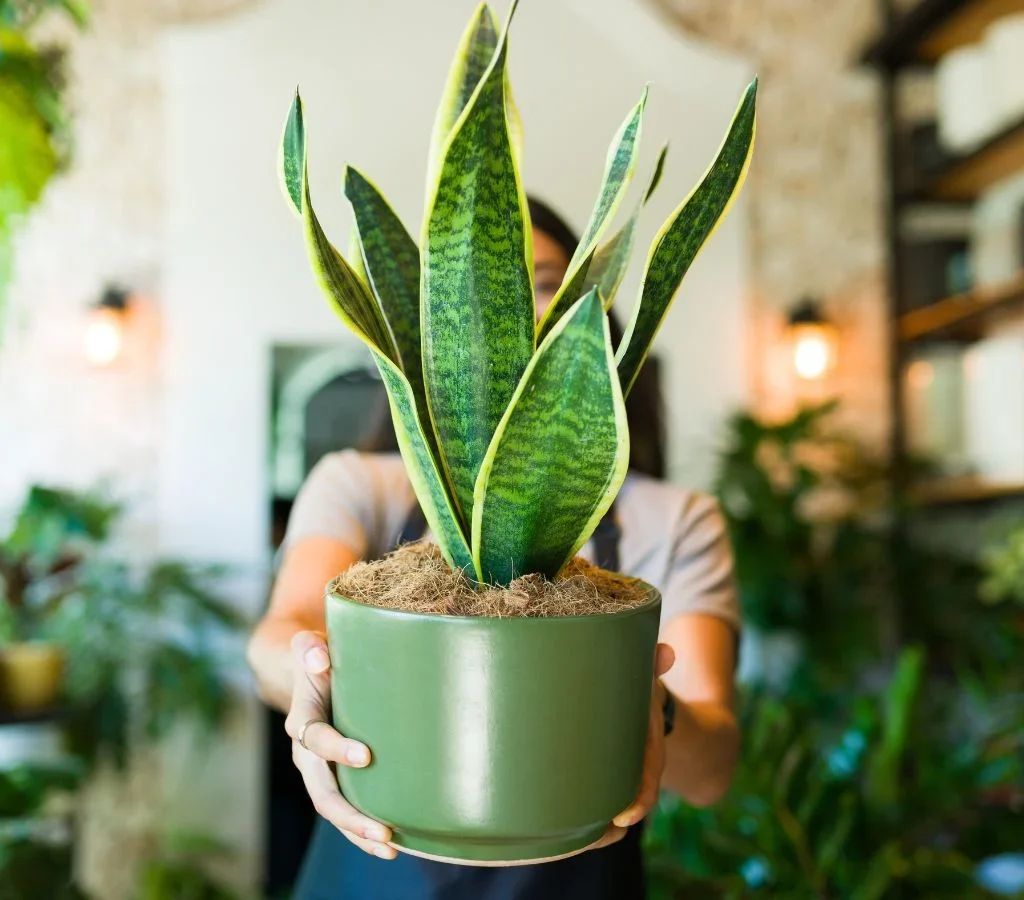
Step 2: Prepare Your Work Area
Repotting can get messy, so prepare your workspace by spreading newspaper or a plastic sheet. Wear gloves to protect your hands, especially if your plant has any sharp edges.
Step 3: Remove the Snake Plant from Its Current Pot
- Gently turn the pot on its side and carefully slide the plant out.
- If stuck, tap the pot’s sides or squeeze plastic pots gently.
- Avoid pulling the plant by its leaves to prevent breakage.
Step 4: Inspect and Clean the Roots
Once out, inspect the root system carefully.
- Remove old soil gently by shaking or lightly brushing the roots.
- Trim any dead, black, mushy, or rotten roots with sterilized scissors.
- Avoid disturbing the healthy roots too much to prevent shock.
Step 5: Loosen the Root Ball (If Root Bound)
Snake plants often get root bound, meaning the roots form a tight mass.
- Gently tease apart the roots with your fingers to encourage outward growth.
- If the roots are extremely tangled, trim a few outer roots to stimulate new growth.
Step 6: Add Soil to the New Pot
- Place a small layer of fresh potting mix at the bottom of the new pot.
- Make a small mound in the center to spread the roots over.
Step 7: Position the Plant and Fill the Pot
- Place your snake plant on top of the soil mound, spreading roots evenly.
- Fill in around the roots with potting mix, pressing gently to eliminate air pockets.
- Leave about an inch of space from the rim for watering.
Step 8: Water the Plant Sparingly
Snake plants prefer dry conditions and are susceptible to root rot.
- Water lightly right after repotting to settle the soil.
- Allow the soil to dry completely before watering again (typically 2-3 weeks).
- Avoid overwatering especially in the first few weeks.
Step 9: Provide Proper Post-Repot Care
Your snake plant will be adjusting to its new home and needs some care:
- Light: Place it in indirect, bright light but avoid direct harsh sunlight initially.
- Temperature: Keep it in a warm environment between 60-85°F (15-29°C).
- Humidity: Average household humidity is fine.
- Avoid Fertilizer: Do not fertilize for at least 4-6 weeks after repotting to reduce stress.
Common Mistakes to Avoid When Repotting Snake Plants
1. Using Too Large a Pot
Big pots retain too much moisture, increasing root rot risk.
2. Overwatering After Repotting
Freshly disturbed roots are vulnerable; overwatering can drown them.
3. Disturbing Roots Excessively
Minimize root disturbance to prevent transplant shock.
4. Planting Too Deep
Ensure the base of the leaves sits just above the soil line.
Signs Your Snake Plant Needs Repotting
- Roots visibly growing out of drainage holes.
- Soil dries out unusually quickly.
- Plant appears crowded or unstable.
- Leaves are smaller or growth has slowed.
Additional Tips for Healthy Snake Plants
- Snake plants thrive on neglect—less is more with water.
- Clean leaves occasionally to remove dust and improve photosynthesis.
- Rotate plants every few weeks for even growth.
- Use sharp, sterilized tools to prevent disease.
FAQs About Repotting Snake Plants
Q: How often should I repot my snake plant?
A: Every 2-3 years or when root bound.
Q: Can I repot during winter?
A: It’s best to repot during the growing season (spring/summer) for faster recovery.
Q: Should I trim the leaves while repotting?
A: Only remove damaged or dead leaves to keep the plant healthy.
Q: What if my snake plant is root bound but healthy?
A: You can carefully loosen roots and repot or divide the plant if desired.
Conclusion
Repotting your snake plant doesn’t have to be stressful or damaging to its roots. By following these careful, detailed steps—choosing the right pot and soil, gently handling the roots, and providing post-repot care—you can ensure your snake plant continues to grow strong and healthy for years to come.
Snake plants are incredibly resilient, and a little bit of careful attention during repotting will reward you with a lush, vibrant houseplant that purifies your air and beautifies your home.
Happy gardening!

